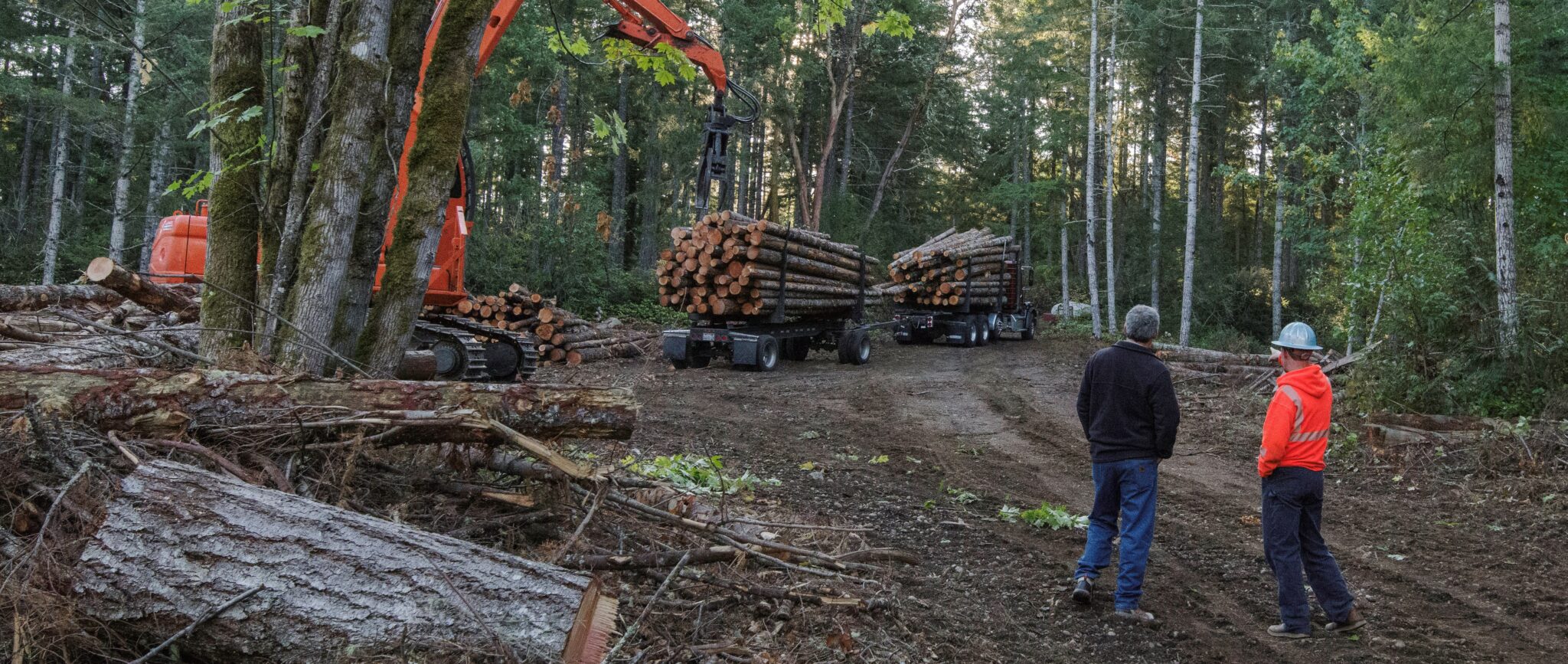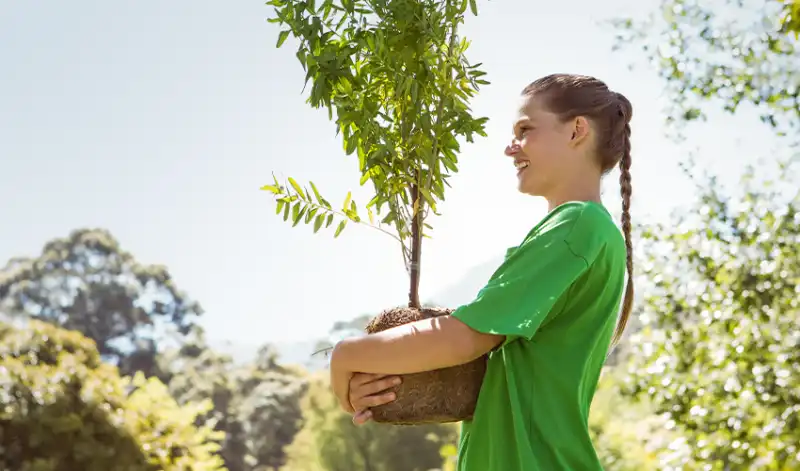
Optimizing Forests: Sustainable Practices for Tree Thinning
Forests play a crucial role in maintaining ecological balance, and sustainable forestry practices are essential for their preservation. Tree thinning, a strategic forest management technique, aims to enhance forest health, biodiversity, and resilience. Let’s delve into the significance of tree thinning and explore how it contributes to the sustainable optimization of our forests.
Understanding Tree Thinning: A Forest Management Approach
Tree thinning involves selectively removing a portion of trees from a forest stand to achieve specific ecological objectives. This process aims to improve the overall health and vitality of the forest by creating a more open canopy, enhancing sunlight penetration, and reducing competition among trees. Through careful planning, foresters can target specific trees for removal, considering factors such as species, age, and overall forest density.
Promoting Forest Health and Resilience
One of the primary benefits of tree thinning is the promotion of forest health and resilience. In dense forest stands, trees often compete for sunlight, water, and nutrients, leading to weakened and stressed trees. Thinning helps address this competition, allowing the remaining trees to access essential resources more efficiently. This results in healthier, more robust trees that are better equipped to resist pests, diseases, and environmental stressors.
Biodiversity Enhancement Through Tree Thinning
Tree thinning contributes to biodiversity enhancement within forests. By creating a more diverse and open canopy, this practice provides opportunities for a greater variety of plant species, including understory plants that may have been suppressed in denser conditions. Increased biodiversity supports a range of wildlife habitats, benefiting various species from insects to larger mammals. A well-thinned forest stands as a dynamic ecosystem with a richer and more resilient biodiversity.
Reducing the Risk of Wildfires
Mitigating the risk of wildfires is a critical aspect of sustainable forest management. In densely packed forests, the accumulation of dry vegetation and the increased likelihood of crown fires pose significant wildfire threats. Tree thinning helps reduce these risks by creating firebreaks and limiting the continuous fuel sources. A well-thinned forest lowers the intensity and spread of wildfires, contributing to overall fire resilience and protecting both the ecosystem and surrounding communities.
Enhancing Timber Quality and Value
For forests managed for timber production, tree thinning plays a crucial role in enhancing timber quality and economic value. By removing lower-quality or diseased trees, foresters can focus resources on the growth and development of higher-quality timber trees. This results in more valuable timber products, supporting sustainable forestry practices that balance ecological considerations with economic goals.
Carbon Sequestration and Climate Benefits
Healthy forests play a vital role in carbon sequestration and mitigating climate change. Thinning forests strategically can enhance their ability to sequester carbon. By allowing healthier trees to grow more vigorously, tree thinning contributes to increased carbon uptake. Additionally, a well-managed forest is better equipped to adapt to climate change impacts, such as extreme weather events and changing temperature patterns.
Challenges and Considerations in Tree Thinning
While tree thinning offers numerous benefits, it is essential to approach it with careful consideration. Balancing ecological goals with economic objectives and addressing potential challenges, such as invasive species encroachment and soil disturbance, requires a comprehensive management plan. The involvement of ecologists, foresters, and local communities is crucial to ensuring that tree thinning aligns with both environmental and social sustainability.
Community Involvement in Sustainable Forest Management
Sustainable forest management, including tree thinning, benefits from community involvement. Engaging local communities in the decision-making process fosters a sense of shared responsibility and ensures that the management practices align with the values and needs of the community. Community education programs and outreach initiatives can further enhance understanding and support for sustainable forestry practices.
Regulatory Frameworks for Sustainable Forestry
The success of sustainable forestry practices, including tree thinning, is often dependent on supportive regulatory frameworks. Governmental policies that encourage responsible forest management, provide incentives for sustainable practices, and enforce compliance with environmental standards contribute to the overall success of tree thinning initiatives.
Conclusion: Nurturing Healthy and Resilient Forests
In conclusion, tree thinning stands as a cornerstone of sustainable forestry, contributing to the creation of healthy, resilient, and biodiverse forests. By carefully managing tree density and promoting ecological balance, foresters play a crucial role in optimizing forests for both environmental and economic benefits. Visit Tree Thinning to explore resources and insights into sustainable forestry practices, fostering a deeper understanding of the importance of tree thinning in nurturing our precious forest ecosystems.





